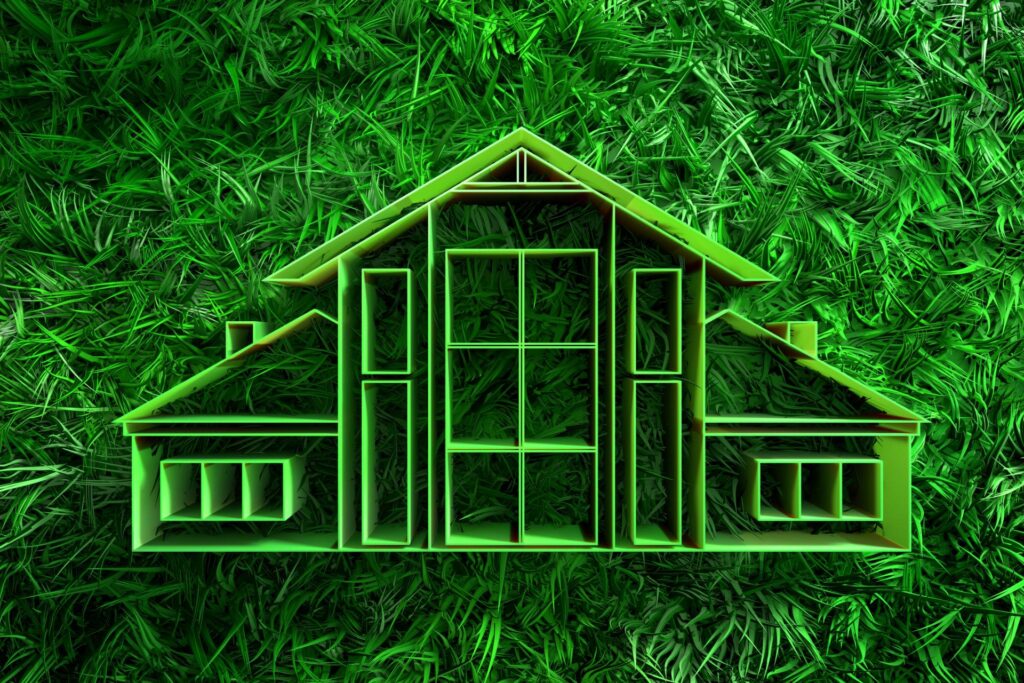
Do you envision a home that provides both comfort and aesthetic appeal, while also reflecting your core values? A home that saves you money, reduces your environmental footprint, and contributes to a healthier planet? If so, you’re not alone. The demand for sustainable, eco-friendly homes is growing rapidly, especially here in the vibrant and environmentally conscious communities of Fairfax, Loudoun, and Prince William Counties in Northern Virginia.
As a certified GREEN Realtor, I often hear from clients who are eager to embrace a more sustainable lifestyle, starting with their biggest investment: their home. But navigating the world of “green” features can feel overwhelming. What truly makes a home sustainable? How can you identify these features when touring properties, and what should you prioritize?
This comprehensive guide is designed to empower you, the discerning homebuyer, to confidently identify and understand the sustainable features that make a house a truly green home. I’ll delve into the key areas of sustainable design and construction, helping you make an informed choice that’s good for both your finances and the planet.
Why Go Green? The Irresistible Benefits of a Sustainable Home
Before I explore the details, let’s quickly review why acquiring a sustainable home is a particularly wise investment, especially given Northern Virginia’s competitive market:
- Lower Utility Bills: Energy-efficient features cut down heating, cooling, and electricity costs.
- Increased Comfort and Health: Better insulation and air quality promote healthier living.
- Enhanced Home Value: Green homes are in demand and have higher resale values.
- Reduced Environmental Impact: Efficient resource use and sustainable materials reduce your carbon footprint.
- Durability and Longevity: Green materials last longer and require less maintenance.
- Rebates and Incentives: Programs may offer financial benefits for energy-efficient upgrades.
Now, let’s explore the key areas where you can identify sustainable features in a home.
-
Energy Efficiency: The Core of a Green Home
When we talk about sustainable homes, energy efficiency is often the first and most critical component. It’s about minimizing the amount of energy required to heat, cool, light, and power your home.
- Insulation and Air Sealing:
- What to Look For: Ask about the R-value of the insulation in the walls, attic, and floors. Higher R-values indicate better insulation. Look for signs of proper air sealing around windows, doors, and electrical outlets (e.g., caulk, weatherstripping). In older homes, a recent energy audit report (which you can request) might detail insulation upgrades.
- hy it Matters: Good insulation and tight air sealing are like a warm blanket for your home, preventing heat loss in winter and heat gain in summer, significantly reducing HVAC reliance.
- Windows and Doors:
- What to Look For: Prioritize double-pane or triple-pane windows with Low-E (low-emissivity) coatings and argon or krypton gas fills. These features block UV rays, reduce heat transfer, and improve insulation. Look for good sealing and a snug fit where the frames meet. Energy Star certification on windows is a great indicator.
- Why it Matters: Windows are notorious for energy loss. With high-performance windows, you’ll see a big jump in thermal efficiency, plus a noticeable reduction in outside noise.
- HVAC Systems (Heating, Ventilation, Air Conditioning):
- What to Look For: Seek out Energy Star certified HVAC systems. Look for high-efficiency furnaces (with AFUE ratings above 90%), air conditioners (with SEER ratings of 15 or higher), or heat pumps (especially ductless mini-splits or geothermal systems). Ask about recent maintenance or replacement dates.
- Why it Matters: HVAC systems are typically the largest energy consumers in a home. Efficient systems translate directly to lower utility bills. Geothermal systems, while a significant upfront investment, offer incredibly low operating costs and high efficiency by utilizing the stable underground temperature.
- Appliances and Lighting:
- What to Look For: Check for Energy Star labels on major appliances like refrigerators, dishwashers, washing machines, and water heaters. For lighting, look for LED (Light Emitting Diode) bulbs throughout the home. Smart thermostats (like Nest or Ecobee) are also a sign of energy-conscious design.
- Why it Matters: Individually, these may seem small, but collectively, they contribute significantly to energy savings. LEDs use a fraction of the energy of traditional incandescent bulbs and last much longer.
- Solar Panels (Photovoltaic – PV Systems):
- What to Look For: Obvious solar panels on the roof or ground-mounted. Ask about their age, warranty, and whether the system is owned or leased. Request recent electricity bills to see the impact.
- Why it Matters: Solar panels generate clean, renewable electricity significantly reducing or even eliminating your need for grid electricity, thereby lowering your carbon footprint.
- Insulation and Air Sealing:
-
Water Efficiency: Conserving a Precious Resource
Water conservation is another cornerstone of sustainable living, particularly important in areas where water resources can be strained.
- Low-Flow Fixtures:
- What to Look For: Check faucets, showerheads, and toilets for WaterSense labels or look for specific flow rates (e.g., showerheads typically 1.5-2.0 gallons per minute (gpm), faucets 1.0-1.5 gpm). Toilets should be 1.28 gallons per flush (gpf) or less (dual-flush options are excellent).
- Why it Matters: These fixtures cut down on water use considerably, all while maintaining excellent performance.
- Efficient Water Heaters:
- What to Look For: Consider tankless water heaters (on-demand) that only heat water when needed, or heat pump water heaters that use ambient air to heat water more efficiently than traditional electric models.
- Why it Matters: Water heating is a major energy consumer. Efficient systems reduce both water waste and energy use.
- Landscaping (Xeriscaping/Rain Gardens):
- What to Look For: Landscaping that utilizes native, drought-tolerant plants (xeriscaping) requiring minimal irrigation. Look for rain barrels to collect rainwater for irrigation, or rain gardens designed to absorb stormwater runoff.
- Why it Matters: Traditional lawns are huge water guzzlers. Water-efficient landscaping drastically reduces outdoor water use and helps manage stormwater.
- Low-Flow Fixtures:
-
Sustainable Materials and Indoor Air Quality: Building Healthier Homes
The materials used in a home’s construction and finishes, as well as its ventilation, play a crucial role in both environmental impact and occupant health.
- Low-VOC Materials:
- What to Look For: Ask about paints, sealants, adhesives, and flooring. Sustainable homes often use low or no-VOC (Volatile Organic Compound) paints and finishes, and flooring made from natural or recycled materials like bamboo, cork, linoleum, or recycled content carpeting.
- Why it Matters: VOCs are harmful chemicals that off-gas from many conventional building materials, contributing to poor indoor air quality and potential health issues.
- Recycled and Responsibly Sourced Materials:
- What to Look For: Signs of recycled content in building materials (e.g., recycled steel, reclaimed wood, recycled glass countertops). Look for FSC-certified wood (Forest Stewardship Council) indicating responsible forest management.
- Why it Matters: Using recycled or sustainably harvested materials reduces demand for virgin resources, minimizes waste, and supports ethical supply chains.
- Improved Ventilation:
- What to Look For: Beyond standard exhaust fans, look for Energy Recovery Ventilators (ERVs) or Heat Recovery Ventilators (HRVs), especially in tightly sealed homes. These systems bring in fresh outdoor air while recovering energy from outgoing stale air.
- Why it Matters: Good ventilation is key to removing indoor air pollutants, allergens, and excess moisture, creating a healthier living environment.
- Low-VOC Materials:
-
Site and Design Considerations: Working with Nature
Sustainable homes are often designed with their specific location and climate in mind, maximizing natural advantages.
- Passive Solar Design:
- What to Look For: Properties featuring windows oriented towards the south, strategically placed to harness the sun’s warmth in winter, alongside carefully designed overhangs or shading elements to deflect intense summer sun.
- Why it Matters: Harnessing the sun’s energy for heating and daylighting reduces reliance on artificial lighting and heating systems.
- Natural Daylighting:
- What to Look For: Generous, strategically positioned windows and skylights allow abundant natural light to fill the space, lessening the need for artificial illumination during daylight hours.
- Why it Matters: Reduces energy consumption and creates a more pleasant, naturally lit interior.
- Stormwater Management:
- What to Look For: Permeable pavers in driveways, rain gardens, or proper grading that directs water away from the foundation and into landscape features rather than overwhelming storm drains.
- Why it Matters: Reduces runoff, recharges groundwater, and prevents erosion and flooding.
- Passive Solar Design:
Certification Programs: Your Green Seal of Approval
While not every sustainable home will have a formal certification, these programs provide a reliable benchmark for green building practices:
- LEED (Leadership in Energy and Environmental Design): A globally recognized certification system for green buildings. While more common in commercial spaces, some residential homes achieve LEED certification.
- Energy Star Certified Homes: Homes that meet strict energy efficiency guidelines set by the U.S. Environmental Protection Agency (EPA).
- National Green Building Standard (NGBS): A comprehensive green building standard for residential construction.
- EarthCraft Virginia: A regional green building program specific to the Mid-Atlantic, focusing on energy efficiency, healthy indoor air, and resource-efficient practices.
If a home has one of these certifications, it’s a strong indicator that it has been built or significantly upgraded with sustainability in mind. Always ask for documentation!
Partnering with a GREEN Realtor: Your Expert Guide
Choosing an eco-friendly home requires specialized knowledge, far beyond what a typical real estate agent might possess. As a certified GREEN Realtor serving Fairfax, Loudoun, and Prince William Counties, I have specialized training in:
- Understanding green building practices and technologies.
- Evaluating the true value of sustainable features.
- Connecting you with resources for green home upgrades.
- Navigating local incentives and programs for eco-friendly homes.
- Highlighting the long-term cost savings and benefits of sustainable living.
Securing your ideal green home shouldn’t be left to guesswork. Whether you’re a first-time buyer seeking an environmentally conscious starter home or pursuing an advanced, high-efficiency property in Northern Virginia, I’m here to clarify the complexities and guide you to a residence that truly embodies your sustainable vision.



